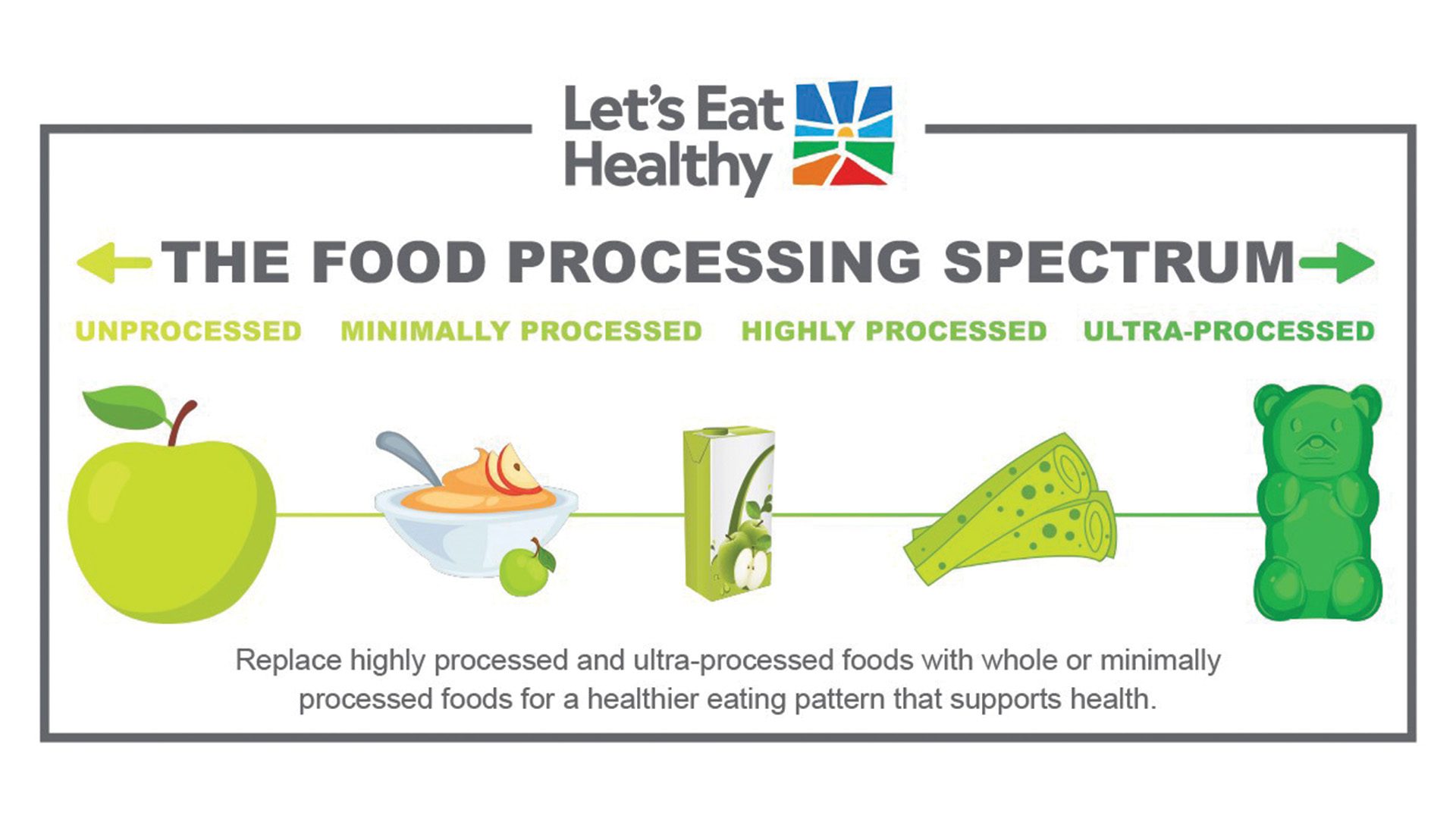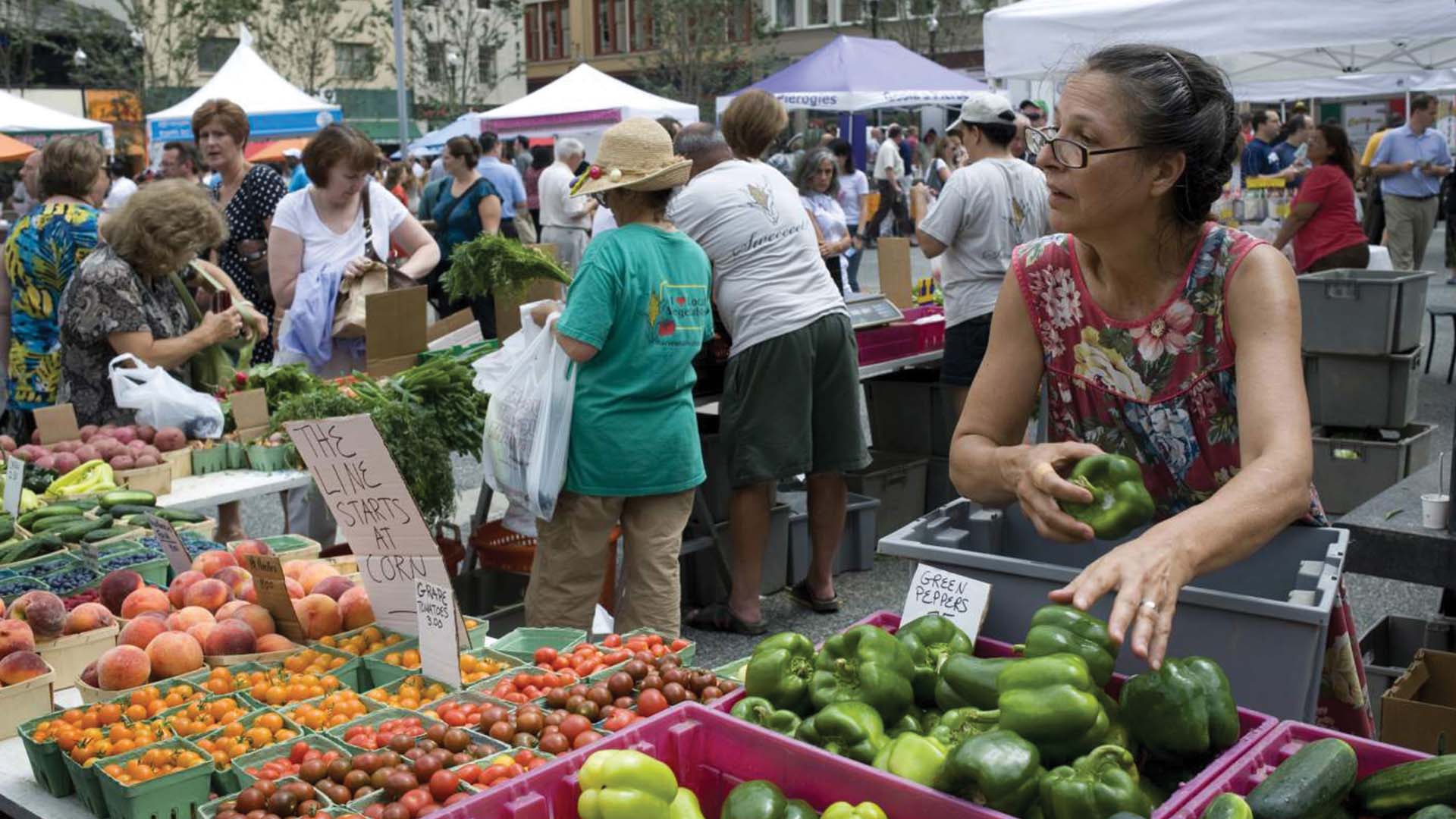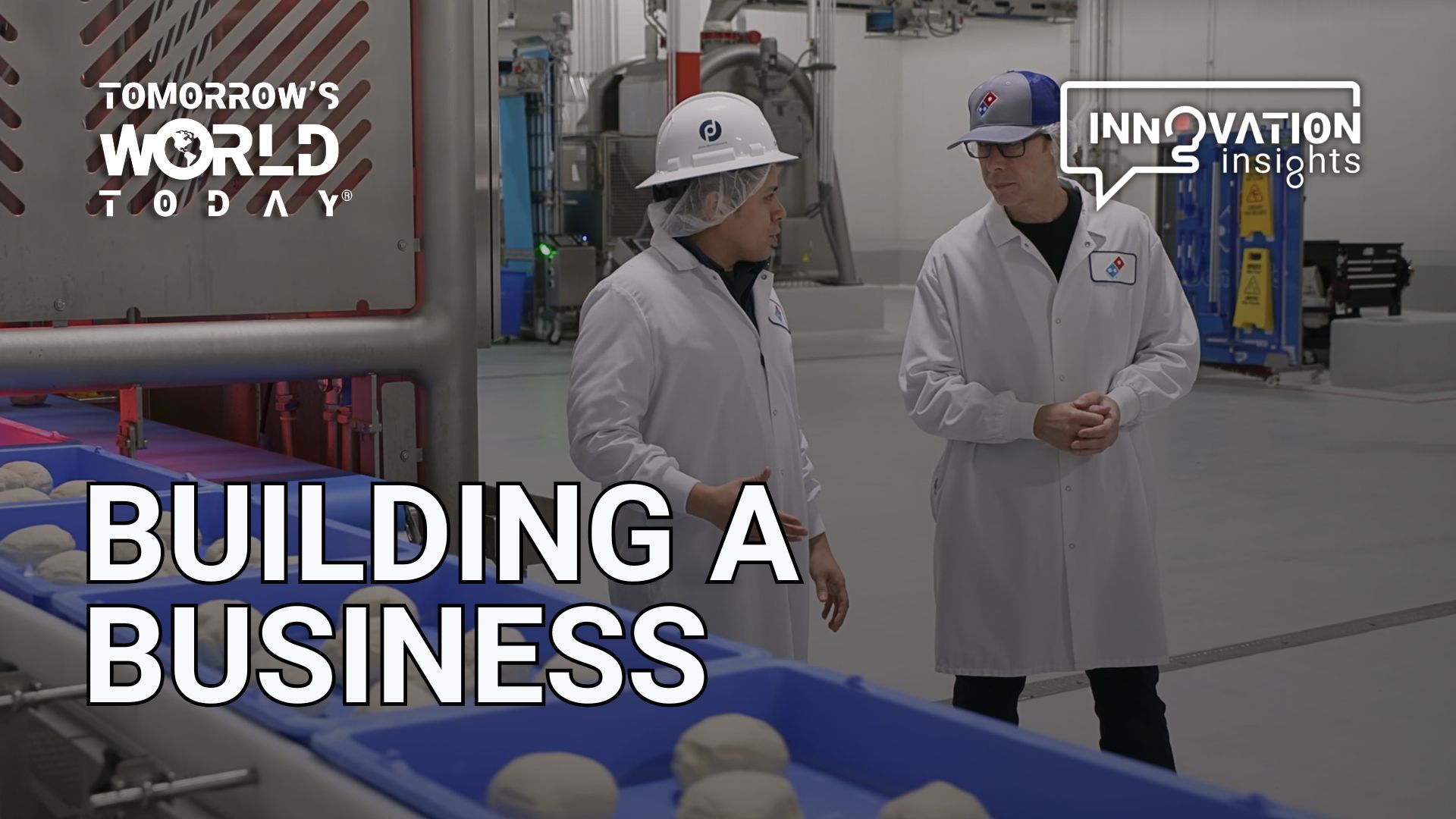March is National Nutrition Month making it the perfect time to reflect on what you’re eating and how it affects the world around you. Looking to improve your diet while simultaneously helping the environment? Here are three easy changes you can make to eat healthier and more sustainably.
1. Eat More Plants and Less Meat
One of the most well-known ways to eat healthier and more sustainably is to eat more plant-based food and less meat, and it’s easy to see why. For sustainability, since animals need room to graze, they take up about 70 percent of all agricultural land and a third of all arable land. This causes unnecessary deforestation and a loss of biomass. Because of the loss of biomass, the increase of nitrous oxide from the manure storage, and more, the greenhouse gas emissions from animal agriculture far exceed plant-based emissions. According to a recent study, Meat production accounts for about 60 percent of food production’s greenhouse gas emissions, whereas plant-based production accounts for just 30 percent. 35 percent of all global greenhouse gas emissions can be attributed to food production, of which 57 percent corresponds to the production of animal-based food.
There are also numerous health benefits to eating less meat and more plants. Consuming less meat decreases the risk of heart disease, stroke, obesity, high blood pressure, high cholesterol, and type 2 diabetes, to name a few. A great deal of this risk is attributed to the high cholesterol, high sodium, and saturated fat found in meat.
However, you don’t have to completely cut out meat to easily reduce your carbon footprint and increase your health. For example, you can choose animal proteins that produce fewer carbon emissions like chicken and pork. You could consider trying “Meatless Mondays” to avoid meat just one day a week.

Or, check out some foods that reduce the meat content and increase the veggie content. This way you’re still enjoying meat, but having less of an environmental impact. For example, Perdue’s Chicken Plus Chicken Breast & Vegetable Tenders have ¼ cup of chickpeas and cauliflower per serving, reducing some of the chicken and increasing consumers’ veggie intake. A recent study even found that if we replaced all of the beef hamburgers sold annually in the United States with a 30 percent mushroom/70 percent beef burger, the resulting reduction of greenhouse gas emissions would be equivalent to taking all of the cars in San Diego off the road!
2. Reduce Consumption of Ultra-Processed Foods
Processed food is any food that is altered during preparation to make it more convenient, shelf-stable, or flavorful. Many foods you see at the grocery store go through some form of processing, such as a bagged salad or pre-cut carrots. However, foods that are considered ultra-processed have had their natural state completely changed; they’ve been chemically altered with ingredients you can not find in a crop or on a farm. This includes adding artificial colors and flavors, preservatives, and ingredients.

Some common examples of ultra-processed foods are sugar-sweetened beverages, chips, pre-made desserts, processed meats, and sugary cereals. These foods are typically high in fat, sugar, and various additives.
Research links ultra-processed foods to several health problems, including obesity, diabetes, heart disease, and vascular disease. One study from 2018 even tied it to cancer risk. Researchers tracked the eating habits and health records of 104,980 adults for five years. Those who ate the most ultra-processed foods were most likely to get some form of cancer over the study period.
In addition to health risks, the production, transportation, and consumption of ultra-processed foods contribute to increased greenhouse gas emissions. For example, a 2021 study analyzed Brazil’s ultra-processed food consumption from 1987 to 2018. Researchers found that increasing the consumption of ultra-processed foods has been the largest contributor to worsening impacts on greenhouse gas emissions and the nation’s water and ecological footprint, such as deforestation.
3. Buy Local, In-Season Foods When Possible
Choosing locally-grown, in-season food is an easy (and tasty!) way to eat healthier and more sustainably. First of all, locally-grown food can potentially reduce energy usage, decrease greenhouse gas emissions, and use fewer resources than non-locally-grown food. The biggest cause for this is the reduced transportation needed to get that food from the farm to your plate.
Furthermore, many local producers keep their products organic, hormone-free, and pesticide-free. Not only is this better for your health, but it also keeps harmful toxins, like pesticides, out of the air. Also, the nutritional value of fruit and vegetables is highest immediately after harvesting, another benefit to eating locally.
When buying local, you’re typically buying in-season foods as well. Seasonal produce travels shorter distances to grocery stores, meaning that it uses less fuel and creates less pollution. This is especially the case for air-freighted produce like berries and tropical fruit.

Additionally, out-of-season produce often requires special high-energy heating and lighting to grow in unnatural conditions, further damaging the environment. Studies have shown that the fruit and vegetables with the lowest greenhouse gas emissions are those that are grown outside during their natural season without much use of additional energy and consumed in the same country or region. These use less energy for artificial heating/lighting and refrigeration and storage.
This does not mean that you must only buy locally grown, in-season foods. However, next time you’re at the grocery store, consider opting for local, fresh food if possible. Every small step and change can truly make a difference for your health and the environment.







